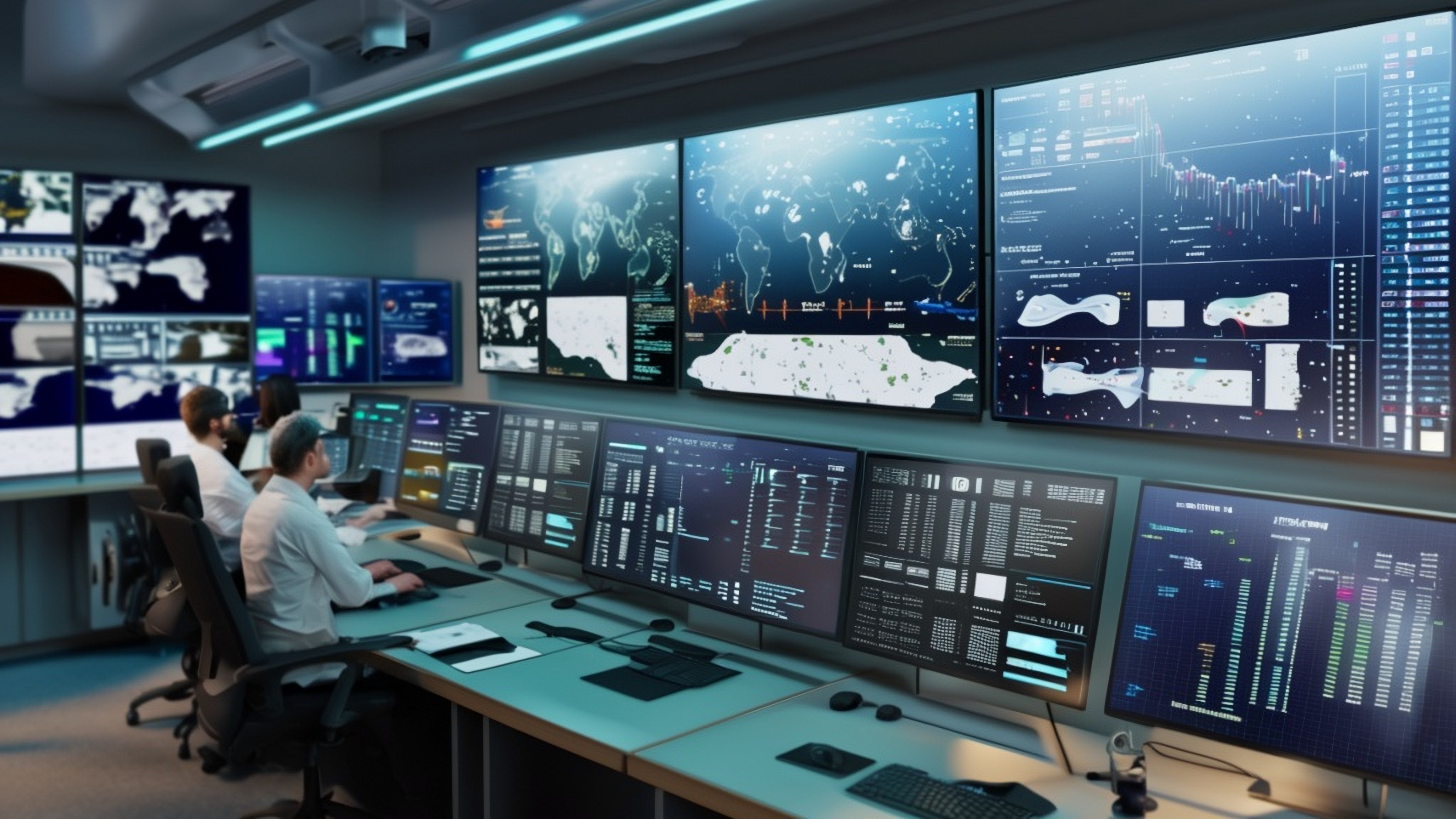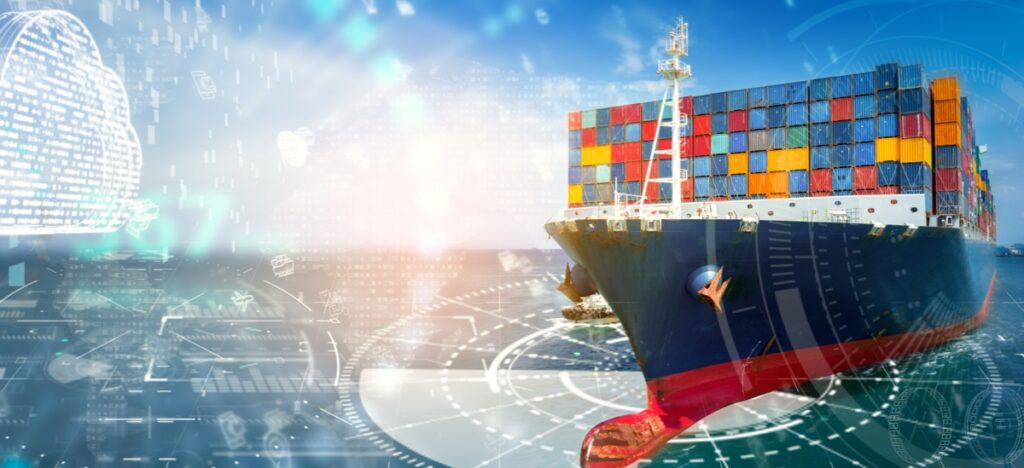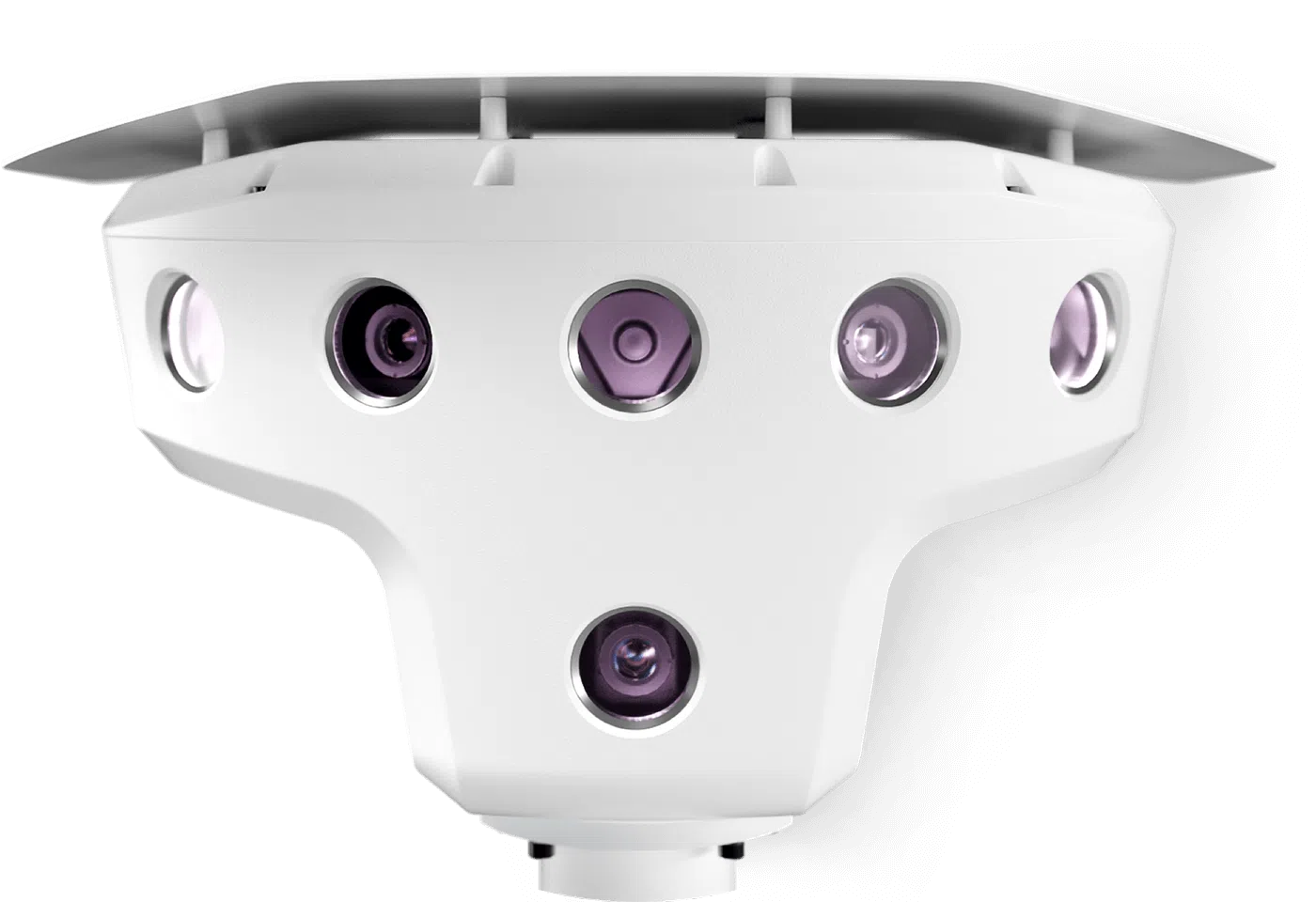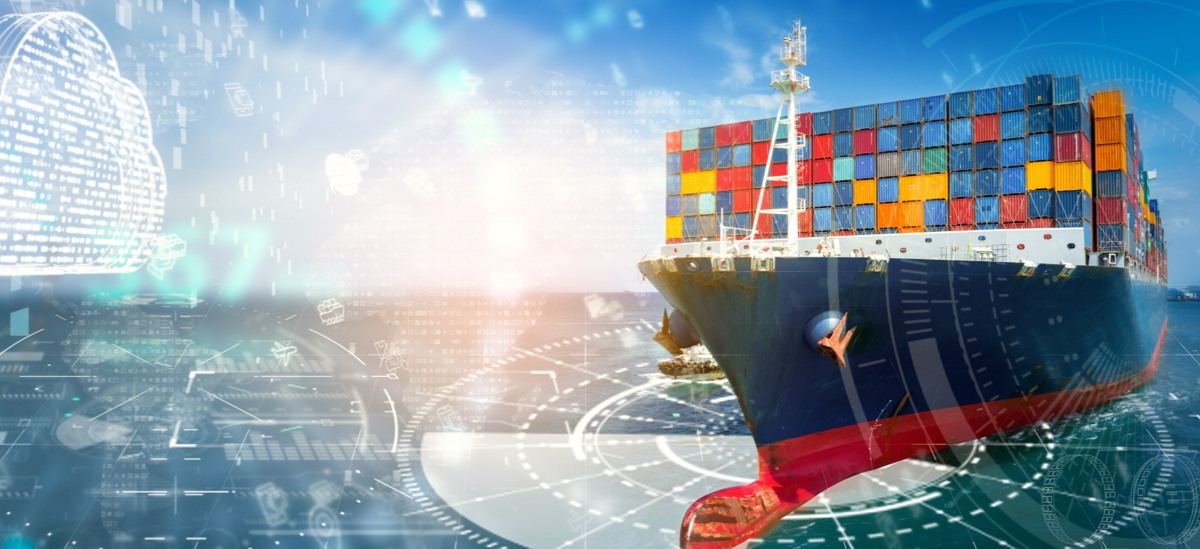As part of its ambitious vision for innovative progress, the maritime industry is embracing advanced technology to increase efficiency across a wide range of key parameters. Within the scope of this ongoing effort, many fleet companies are leveraging robust data analytics to enhance their operational efficiency, regulatory compliance, cost-effectiveness and safety at sea. Relying on platforms that gather and analyze large swaths of historic and real-time data, ships are becoming more adept at producing insights that optimize vessel performance, reduce costs, and improve at-sea and on-shore decision-making. This data is not confined to the ship; ship-to-shore data streaming enables fleet managers to monitor fleet performance and provide real-time support from headquarters.
Breaking Down Data Analytics in Maritime Operations
Data analytics is the process of examining raw data to uncover useful insights, trends, and patterns that support decision-making. It involves collecting, organizing, processing, and analyzing data, often with the help of software and algorithms to answer specific questions or solve problems. Regardless of industry, data analytics can be compartmentalized into several key categories:
- Descriptive Analytics: Historical data is analyzed to provide better insights regarding past performance. In the maritime industry, descriptive analytics can be used to trace and identify fuel consumption patterns over a designated timeframe, for a specific vessel or an entire fleet.
- Diagnostic Analytics: When a suspicion arises regarding operational inefficiencies, diagnostic analytics proven to be an ideal method for discovering the very specifics of the root cause of the problem. For example, when a vessel consumes more fuel than expected, diagnostic analytics are deployed to investigate the issue and produce conclusive data that serves as a first step towards a solution.
- Predictive Analytics: As its name suggests, predictive analytics relies on AI and machine learning platforms, which are trained via ongoing exposure to vast amounts of past data, to forecast future events. For example, many ships use cutting-edge sensor data to predict on-board equipment failures, before they actually occur.
- Prescriptive Analytics: This brand of analytics generates optimal recommended actions to drive performance improvements. In the world of maritime operations, ships use AI-driven recommendations to chart optimal voyage routes, in terms of weather, fuel consumption, scheduling and more. This can be achieved prior to the voyage, as part of the crew’s pre-voyage route planning, or during the voyage itself.
- Real-Time Analytics: Data analytics systems can process real-time data in order to facilitate immediate decision-making. Ships and shore-based offices can decide to monitor their vessel performance, or examine navigational risks, at any given moment.
Data Analytics and Commercial Shipping: The Common Scenarios
Fleets use all types of data analysis to enhance their vessels’ performance across a range of measurable indicators, improving their present and future efficiency.
- Fuel Efficiency & Emission Reduction: Fleets are required to comply with enhanced environmental regulations that strive to reduce maritime carbon emissions. Among many parameters, fuel efficiency plays a key role in vessel sustainability efforts. Relying on AI-driven platforms, fleets can use all forms of data analysis to optimize engine performance, detect and fix engine issues, predict problematic patterns and chart routes that cut costs and reduce carbon emissions.
- Predictive Maintenance: Data analysis can go a long way in predicting ship equipment failures and generating maintenance recommendations that deviate from normal cycles. This can be achieved via advanced sensors and IoT technology that produce data, which, when analyzed, can anticipate mechanical failures prior to their occurrence. By reducing unplanned repairs, ships are able to complete their journeys without deviating from scheduled timeframes or increasing expenditures that impact the bottom line.
- Weather & Route Optimization: The ability to avoid adverse and highly dynamic weather conditions, from fog to local storms, means a great deal in terms of ship safety, scheduling and cost-effectiveness. By collecting and analyzing meteorological data, AI-driven navigation tools chart optimal routes for vessel voyages, prior to departure and also during the voyage itself, thus improving journey speed, efficiency and crew and cargo safety.
- Incident Prevention & Risk Assessment: Predictive analytics, generated by highly trained AI systems, can help the ship’s crew identify high-risk patterns, from potential engine and equipment malfunctions to sea mammal migration patterns and expected squalls and storm surges. After doing so, they can also generate recommendations that detail proactive actions such as navigational changes, preventative maneuvering and preemptive maintenance.
- Ship-to-Shore Connectivity: It’s no secret that seamless ship-to-shore communication is one of the keys to advanced maritime efficiency. Continuous “back and forth” streaming of processed and insight-laden data allows shore-based teams to better monitor fleet performance (for example adherence to route, vessel systems health, fuel consumption efficiency) , while providing much needed real-time support to ships at sea (including swift and incident-free port docking and departures).
Implementing Data Analytics in Maritime Operations: Challenges and Solutions
The implementation of effective data analytics in the maritime industry does not come without certain challenges. Overcoming these challenges is imperative to benefitting from the impactful advantages that the field of AI-driven data analytics can offer fleets and vessels.
- Cybersecurity Risks: The rise of digital technology use aboard cargo vessels creates relatively new cybersecurity risks that can lead to harmful breaches and compromise essential data. These threats can be largely mitigated by implementing certain cybersecurity measures, from the use of encrypted data transmissions to ensuring strong access controls are practiced according to industry guidelines. Additional recommendations include deploying highly secure storage solutions designed specifically for storing and protecting sensitive data.
- Lack of Alignment and Standardization: Fleets and even specific vessels can be prone to relying on different data formats, an assortment of legacy systems, or a range of reporting structures that are not fully compatible with one another. The reliance on fragmented, disconnected data often leads to confusion. By unifying their digital platforms via systems provided by specific vendors, fleets and ships can consolidate different data sets to benefit from “big picture” clarity, while integrating shipboard and HQ data on a single dashboard for truly effective real-time analytics.
- Resistance to Change: Crew reluctance regarding the adoption of digital tools is not the rarest of phenomena – change isn’t easy for anyone – yet it is relatively easy to overcome once the team is exposed to the many benefits of AI-based data analysis. Data analytics does not come at the expense of crew members, or make them redundant. On the contrary, it provides them with better tools for crucial decision-making at sea. This message can be effectively delivered to the crew via specific crew training and change management sessions, which delve into the benefits of data-driven operations.
- Connectivity & Bandwidth Constraints: Data analytics – especially real-time analytics – depend on satellite communication and seamless connectivity. Any connectivity issues will undoubtedly affect data integrity and continuity, which in turn impacts decision-making. Increasing the reliance on edge computing and smart sensors helps the crew process the data locally onboard, thus reducing the dependency on constant connectivity.
Data Analytics and Maritime Safety
The shipping industry views vessel, cargo and crew safety as a top priority. Thankfully, when it comes to maritime safety, AI-based data analysis has an unprecedented impact. Here’s how:
- Collision Avoidance: Collisions present a great threat to crew safety, not to mention the well-being of the vessel and its cargo. AI-powered systems analyze data in order to detect precise patterns and identify various collision risks. Integrating data pertaining to vessel trajectory and speed, proximity to other vessels, weather conditions and more produces predictive insights that can spot potential collisions at sea and alert the crew towards making decisions that swerve the vessel from danger and avert unfortunate incidents.
- Crew Fatigue & Safety Monitoring: One of the key roles of data-driven assessments is reducing human error-related accidents. Human error is caused by a number of factors, including crew fatigue and lack of specific experience. Fully automated bridge lookouts such as Orca AI’s SeaPod never misses a beat and is designed to identify, collect and process information from multiple sources, supporting the crew’s decision-making throughout the voyage.
- Regulatory Compliance Monitoring: Maritime operational safety is highly regulated by entities such as the IMO, SOLAS, MARPOL and more. Real-time data analysis regarding the implementation of safety procedures ensures automatic adherence to international standards regarding a range of topics, from fire safety and crew working hours to pollution prevention and training standards. This data-based compliance can often be seamlessly translated into detailed reports that aid fleet managers and corporate headquarters in conducting vessel comparisons and compliance scalability, while also assisting governing agencies and the industry as a whole.
- Crew Training & Performance Assessment: Regardless of technology, human capabilities are imperative to vessel safety. Having said that, technology and specifically data-driven AI can analyze crew performance data to identify gaps in training and performance. Crew knowledge and skill development can be further enhanced via regular exposure to data insights in key situations, including simulations, onboard drills and safety exercises.
The future of maritime runs on data
Much like other industries, data analytics is transforming the world of commercial shipping, enabling operations that are safer, more efficient, sustainable and compliant. The era of data and artificial intelligence is revolutionizing the ease, simplicity and accuracy in which fleets and vessels can execute and perform at sea, for the benefit of stakeholders, the industry and the planet. Therefore, fleets and maritime companies that invest in real-time ship-to-shore data streaming, AI-driven insights, and data-enhanced crew training will undoubtedly increase their operational efficiency, while bolstering risk management efforts.










